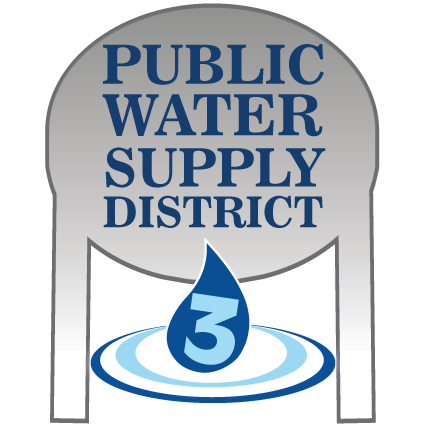Please email This email address is being protected from spambots. You need JavaScript enabled to view it. with any questions or to submit a test report.
To request access to the online portal email This email address is being protected from spambots. You need JavaScript enabled to view it. with the testers name, license number, and test kit information.
Here are some handy resources about backflow prevention systems.
All links go directly to the Missouri Department of Natural Resources website.
Missouri Secretary of State: Code of State Regulations
What is a cross-connection?
A cross-connection is an actual or potential link connecting a source of pollution or contamination with a potable water supply. A cross-connection can occur at a residential, commercial, industrial or institutional facility. A cross-connection is a fixture with a direct connection or submerged inlet. Common examples of fixtures with direct connections include boiler systems, dishwashers, fire sprinkler systems, laboratory equipment and swimming pools. Common examples of fixtures with submerged inlets include lawn sprinklers, utility sinks, drinking fountains and floor drains.
What is backflow?
Backflow is the unwanted reversal of flow in a water distribution system. Backflow occurs due to backpressure or back siphonage and allows non-potable substances to enter a public water system through an unprotected cross-connection.
Backpressure occurs when the pressure in a building’s plumbing exceeds the pressure in the water distribution system.
Back siphonage occurs when there is a partial vacuum (negative pressure) in a water supply system, drawing liquid from the non-potable source into the water distribution system.
What is a backflow prevention assembly?
A backflow prevention assembly is a means or mechanism to prevent backflow. The department recognizes three types of backflow prevention assemblies: air gaps, reduced pressure principle assemblies (RPZ) and double check valve assemblies.
Air-gap: An air-gap is the most positive method of backflow protection. It is a physical separation between the water supply and the customer’s internal piping system. The distance for an air-gap must be at least two times the diameter of the supplying pipe. For example, a two-inch separation is required for a one-inch water supply pipe. The water supplier may inspect air-gaps.
Reduced Pressure Principle Assembly: A reduced pressure principle assembly is the highest level of mechanical backflow protection. It has a hydraulically operated relief port located between two spring loaded check valves. A drop in pressure from the supply or an increase in back pressure from the customer’s facility will cause the check valves to close and the relief port to open, creating an air-gap within the assembly. If either check valve becomes fouled by debris, the relief port will also open. The drawback to using a reduced pressure principle assembly is that it will lower the pressure available to the customer’s premises.
Double Check Valve Assembly: The double check valve assembly is for low hazard protection only. The double check valve assembly has two spring valves that act independently to provide protection from back pressure and back siphonage. The drawback to double check valve assemblies is that both check valves are susceptible to fouling by debris in the water system, which hinders their function and can allow backflow to occur.
The department requires backflow prevention assemblies installed at community water systems be approved by the Foundation for Cross-Connection Control and Hydraulic Research at the University of Southern California or the American Society of Sanitary Engineering. Information about approved assemblies is available on the department’s Backflow Prevention webpage along with a list of certified backflow prevention testers.

